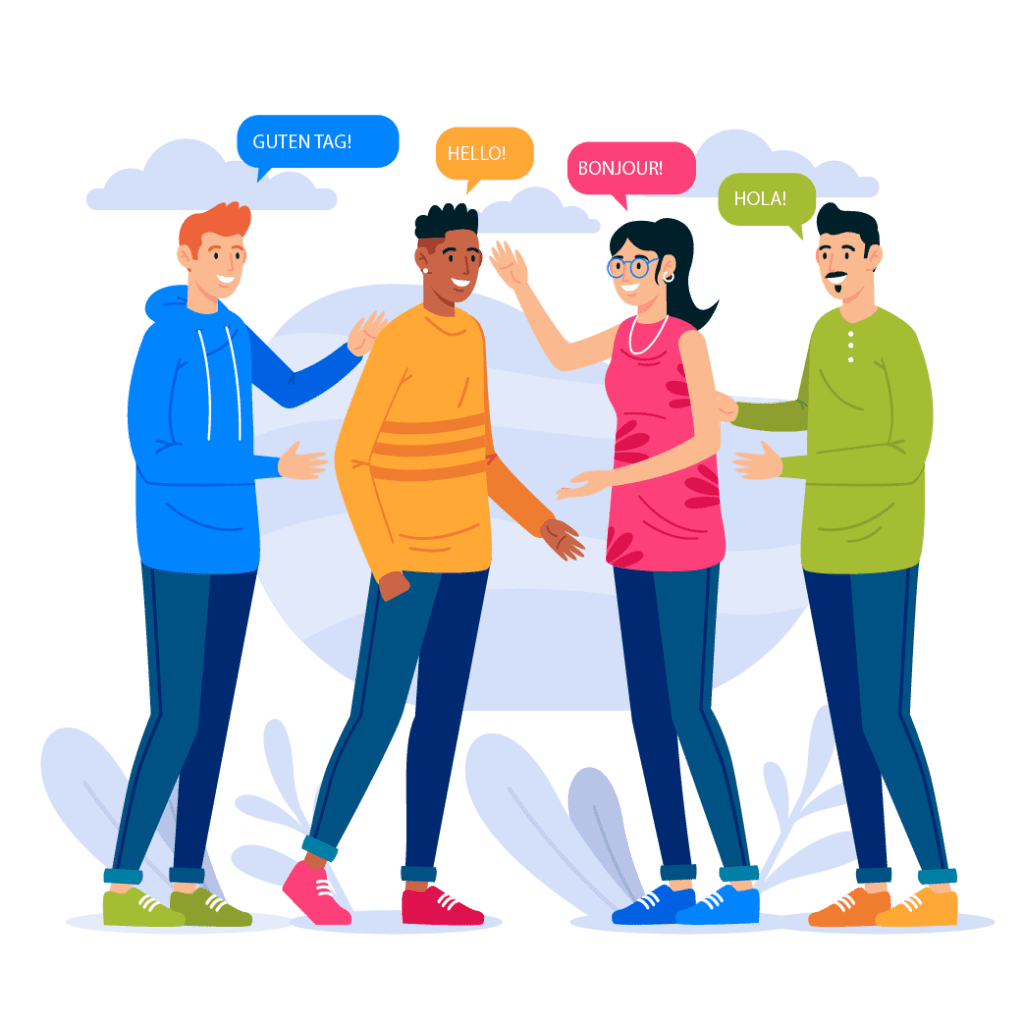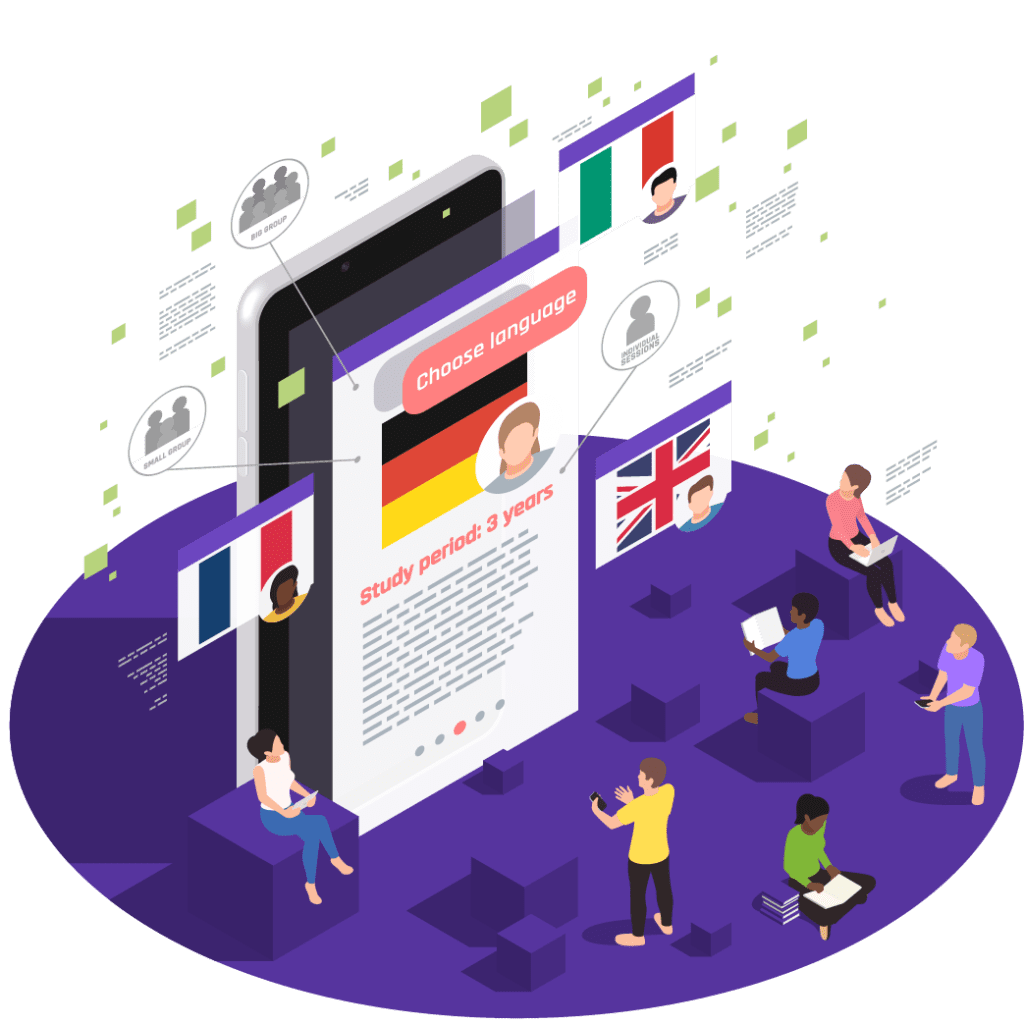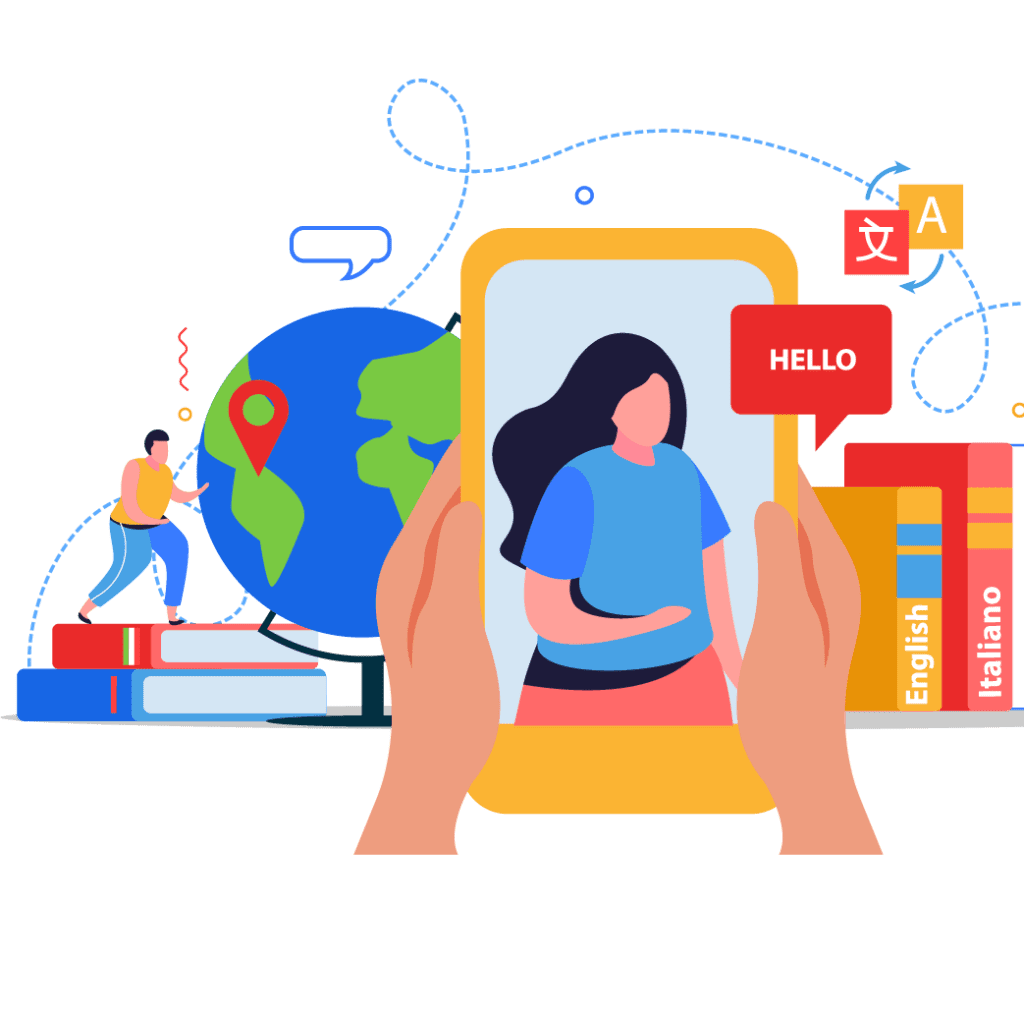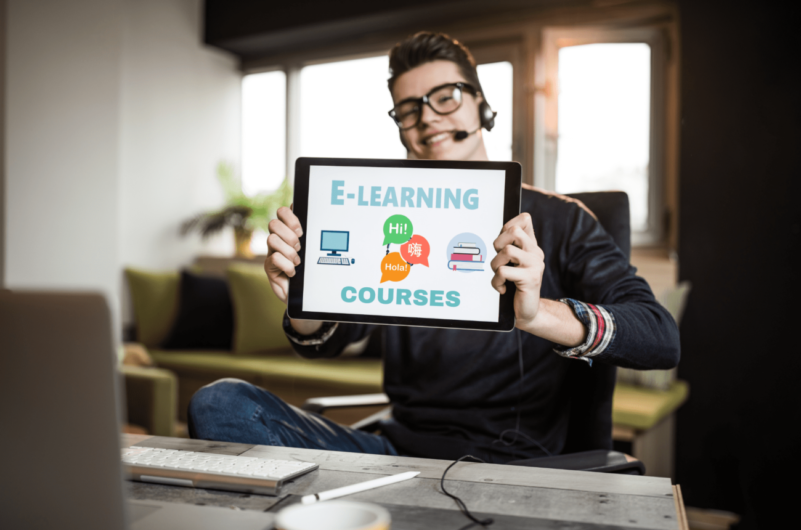In the ever-changing educational landscape, the importance of translating online courses into other languages extends beyond knowledge of a language. When we explore the complex details of this transformative process, we’ll look at the real-world data and figures demonstrating translation’s immense impact on education worldwide.
Unlocking Global Learning Potential:


Translation acts as a key to unlock the vast potential of global education. With over 6,500 languages in the world, the variety of languages poses challenges and opportunities for schools of education. By translating e-learning courses, institutions can transcend language barriers, reaching a diverse global audience.
Fact: According to UNESCO, over 260 million children are out of school worldwide, and language barriers contribute significantly to this exclusion. Translation can play a pivotal role in making education accessible to these learners.
Enhancing Learner Engagement:
Learner engagement is the cornerstone of practical education. Translating e-learning materials directly contributes to this engagement by ensuring learners can comprehend the content in their native language. Studies reveal that learners are more likely to actively participate and retain information when presented in a language they understand.
Fact: A European Commission study found that students taught in their home language have significantly higher academic performance than those taught another native language.
Meeting Stringent Regulatory Standards:


In the globalized education landscape, adherence to diverse regulatory standards is crucial. Translating e-learning courses ensures precise alignment with local educational guidelines, enabling institutions to navigate the intricacies of international education seamlessly.
Fact: The European Union recognizes the significance of multilingual education and aims to allow all its citizens to be fluent in multiple languages outside their mother tongue.
Fostering Inclusivity and Accessibility:


Education should be a universal right; translation is pivotal in making it accessible to all. Translating courses promotes inclusivity by breaking down language barriers ensuring that non-native speakers have equal access to educational resources.
Fact: As per the World Bank, improving access to education for minorities of linguistic origin will result in an equitable and inclusive society, decreasing poverty and improving social integration.
Elevating Brand Visibility with Multilingual Courses:


Multilingual courses are not just about language; they are a strategic advantage in the competitive education market. Institutions offering courses in multiple languages enhance their visibility and marketability, attracting a diverse student body and positioning themselves as global leaders.
Fact: A report by the British Council states that institutions that offer courses in multiple languages have a higher likelihood of attracting international students, contributing to revenue growth and global recognition.
The Art of Elearning Content Translation


Embarking on a linguistic journey, the translation of e-learning content becomes an art form, surpassing the confines of literal conversion. It involves a nuanced process of capturing cultural subtleties and crafting an educational experience that resonates globally. It’s more than just words; it’s about building bridges that transcend linguistic boundaries.
Fact: In today’s dynamic workplace, translation is an essential skill. An American Council on the Teaching of Foreign Languages (ACTFL) study suggests that speaking an additional language is advantageous. Employers actively seek candidates who can navigate and communicate across diverse cultural landscapes, emphasizing the real-world importance of mastering this art.
Building Success with Multilingual E-learning Courses


Success, a universal pursuit, knows no linguistic boundaries. Exploring the tangible benefits of translating e-learning courses into multiple languages unveils a strategic move that can propel educational institutions to international acclaim. Real-world examples illustrate how institutions have survived and thrived in the global education market by embracing multilingualism.
Fact: A report by QS Enrolment Solutions sheds light on the tangible benefits institutions reap when offering courses in multiple languages. Those embracing linguistic diversity experience a higher conversion rate in international student recruitment, contributing significantly to institutional success.
Adapting E-learning Materials for Different Languages


Delving into the science behind adapting e-learning materials, the process involves tailoring content for diverse languages. Real case studies demonstrate the positive impact of this adaptation, from increased learner satisfaction to heightened course effectiveness. The transformation speaks volumes in the dynamic world of e-learning.
Fact: A study published in the Journal of Educational Psychology corroborates the positive influence of adapting educational materials for different languages. This adaptation positively influences student motivation and performance, creating a more conducive and effective learning environment.
Cross-cultural E-learning Translation


Breaking down cultural barriers in education becomes imperative. Uncovering the significance of cross-cultural e-learning translation is backed by statistics showcasing improved student engagement and comprehension. Fostering cultural understanding creates an inclusive and enriching learning environment essential in our interconnected world.
Fact: The International Journal of Intercultural Relations emphasizes that cross-cultural education increases cultural sensitivity and empathy. These skills are vital to navigating in a world of globalization where communication across cultures is essential.
Transcreation for E-learning Modules


Translation evolves into transcreation in the realm of e-learning. Understanding how this process goes beyond literal translation to creative adaptation ensures linguistic accuracy and cultural resonance that captivates learners globally. The power of transcreation becomes evident in making e-learning modules genuinely impactful.
Fact: A study by the Common-Sense Advisory highlights the critical role of transcreation in enhancing brand perception and engagement, especially in the competitive field of e-learning, where branding is integral to success.
The Importance of Cultural Adaptation in E-learning


Delving into the core of effective e-learning, cultural adaptation emerges as a critical factor. Backed by studies emphasizing the impact of culturally adapted content, we understand why aligning e-learning materials with cultural contexts is imperative for global educational success.
Fact:The Journal of Educational Psychology reports that culturally adapted educational materials contribute significantly to a positive learning experience. This adaptation fosters a sense of cultural identity and relevance among learners, enriching the educational journey.
Language Diversity in the World of E-learning


Navigating the linguistic tapestry of e-learning, we explore real-world statistics on language diversity globally. Embracing this diversity transforms education into a rich tapestry where every language contributes to the global symphony of learning.
Fact: Ethnologue, a widely referenced resource on world languages, estimates that there are currently 7,139 living languages. Embracing this diversity enriches educational content and prepares learners for a globalized workforce, where linguistic versatility is a prized asset.





